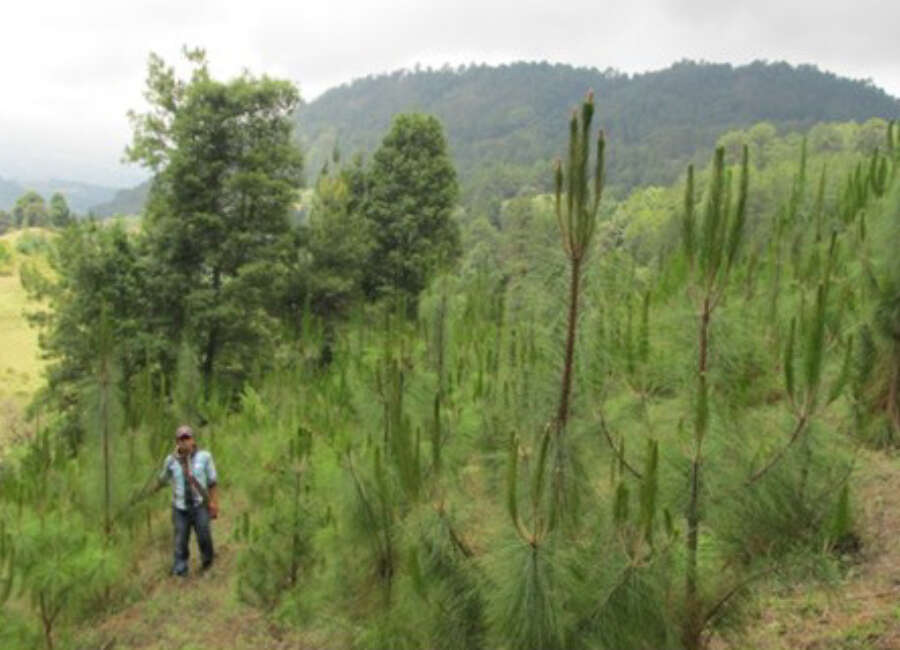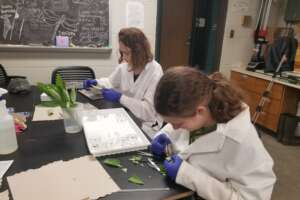Alternare has carried out evaluations of tree survival rates two or three years after the plantations are established. So far, they have performed three evaluations and have recorded a high percentage of tree survival throughout the years which translates into the consolidation of a good forest mass. The following table shows their results:
| Period of assessment | Year of assessment | Good survival | Moderate survival | Poor survival |
|---|---|---|---|---|
| 2010-2014 | 2015 | 85% | 11% | 5% |
| 2015-2017 | 2018 | 97% | 3% | 0% |
| 2016-2018 | 2020 | 77% | 0% | 23% |
The survival percentages on the last three columns are classified in three categories:
- Good: Greater than 50% of trees present.
- Moderate: Between 30 and 49% of tree present.
- Bad/Poor: Between 0 and 29% of tree present.
The classification indicates that sites with good survival tend towards the consolidation of the forest mass. Sites with moderate survival are in a transitional phase, while sites with bad/poor survival rates tend to become agricultural plots or grazing areas.
The photo sequence below shows the amazing results obtained at "El
Rincón" indigenous community with an average growth of trees as follows:
| Year | Average height of trees (in meters) |
|---|---|
| 2012 | 1 |
| 2013 | 1.8-2 |
| 2014 | 2.5-3 |
| 2023 | 12-15 |
To read more about our reforestation projects go to our habitat conservation page.








